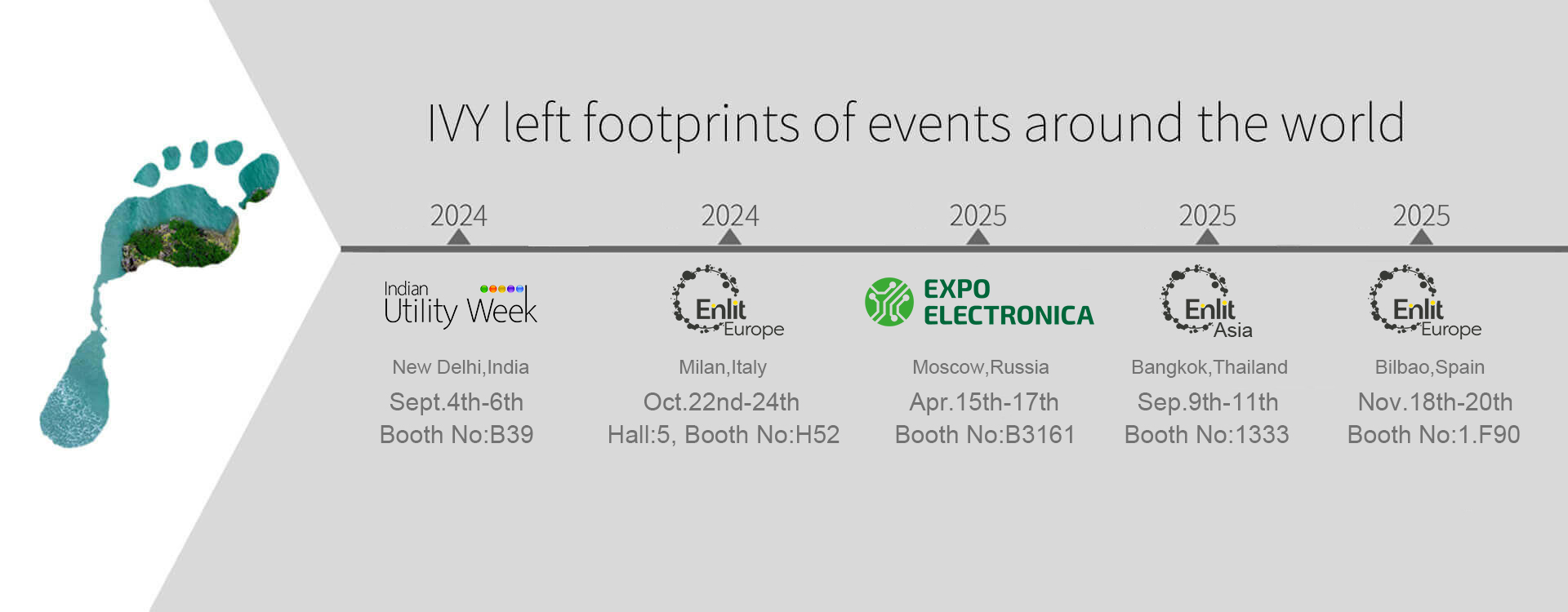Current Transformer VS Current Sensor
When it comes to the measurement of current, the famous German physicist George Simon Ohm invented an original galvanometer based on Schweiger and Bogendorf in 1821, using a twisted wire to hang a magnetic needle. , Let the energized wire be placed in parallel with the magnetic needle. When there is current passing through the wire, the magnetic needle will deflect a certain angle and be displayed on the scaled tray, so that the strength of the current in the wire can be judged. With the rapid development of technology, more and more measurement products have sprung up. Among them, the performance of current smart sensors and current transformers is particularly eye-catching, so today we will explore their mysteries together. Of course, for more knowledge and content about current smart sensors and current transformers, you can find out on our website: www.ivy-metering.com.
First of all, regarding current transformers, we also mentioned in previous articles. Current transformers generally refer to current sampling components. According to the principle of electromagnetics, current passes through the center of the transformer and will be generated around the core of the transformer. The magnetic field generates a current in a coil with a certain number of turns. When an analog-to-digital converter and other chips are connected to the outside of the transformer, the value of the current passing through the transformer will be calculated. Current transformers are widely used in various complex installation environments to measure or monitor electrical energy.
However, it is worth noting that the current transformer is an analog value for the current sampling, and subsequent conversion will undoubtedly increase the workload and cost. Therefore, the emergence of current smart sensors solves this problem very well. The current smart sensor has a chip inside and can also be connected to MBus RS485 or Lora etc communication to achieve the functions of measuring current, voltage, energy, temperature, etc., and has the communication function, without complicated operation conversion, and can be directly connected to the device to perform real-time values Reading, will fully reflect the "smart".
And another current sensor that has to be mentioned-the leakage sensor, can be described as the "security guard" in measurement. We have also mentioned before that a leakage sensor is a leakage device that converts the sensed line leakage current signal through the chip into a digital signal and transmits it to the leakage monitoring host in real time. From the leakage monitoring host, you can see the specific location of the leakage. In general, the leakage sensor can alarm and support external switch for on & off: Same time common leakage protectors among the market, they only support AC or DC, hence AC&DC combined types are rare to see. According to these excellent characteristics, the AC DC leakage current sensor is widely used in the electrical field.
Measurement is a never-ending process. Whether it is for development or improvement, we need to have a keen sense of market demand at all times. With the development of the times and the advancement of science and technology, we have been committed to using higher quality and smarter products in more fields. Contact us for more information about measurement, current transformers, and smart sensors. Welcome to buy samples for testing through the website: www.ivy-electronic.com
 Previous: Smart City and DC Meter
Previous: Smart City and DC Meter











